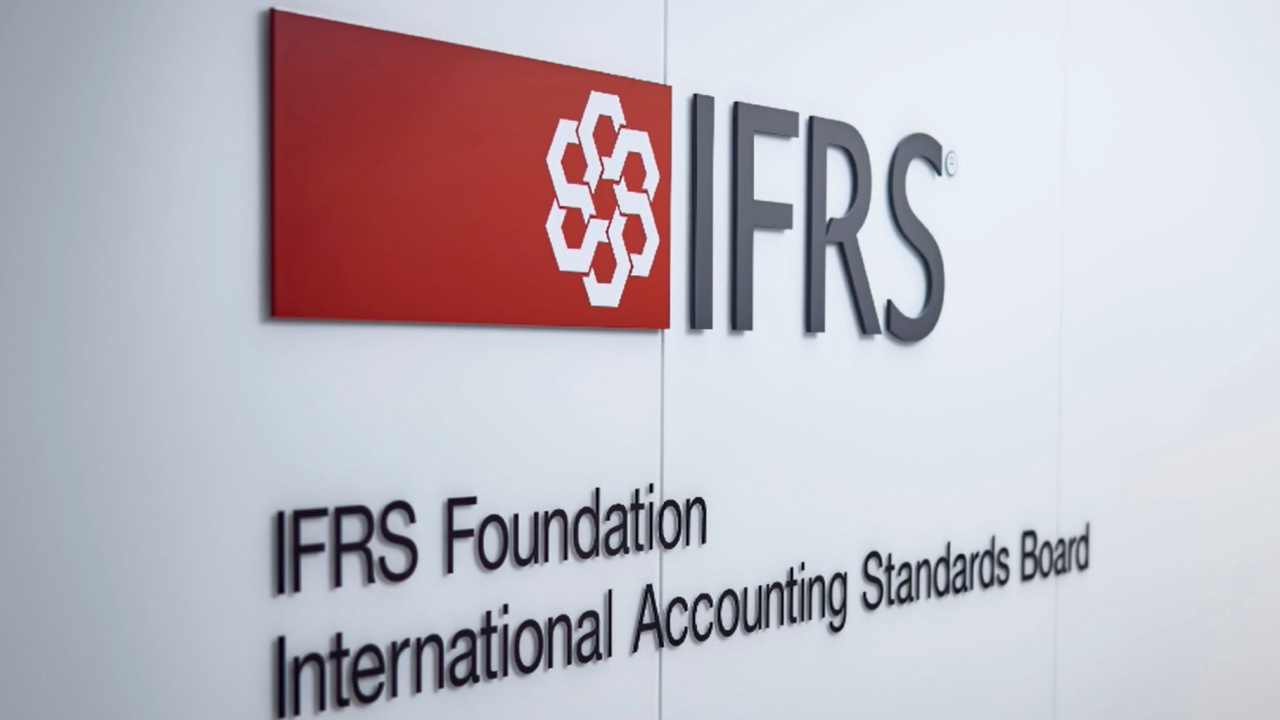The trend toward digitization of government data has been affirmed as a priority by the passage of recent legislation, the Financial Data Transparency Act.
The FDTA is a bipartisan bill, sponsored by Sen. Mark Warner, D-Virginia, and Mike Crapo, R-Idaho, that was signed into law Dec 23, 2022, as part of H.R. 7776, the James M. Inhofe National Defense Authorization Act for Fiscal Year 2023.
Over the summer, national conferences have offered sessions on the implementation of the FDTA. These conferences include the
Background
In 2009, the SEC began requiring companies to make their submissions to its Electronic Data Gathering, Analysis and Retrieval system, EDGAR, in machine readable format. The system provides users easy accessibility for investors and regulators alike. In recent years, there has been a growing movement to convert government financial documents into machine-readable data that computer applications can process, matching the simplicity of use of EDGAR. Currently, government financial reports are often available in PDF form, which can result in challenges when retrieving data.
The Municipal Securities Rulemaking Board's Electronic Municipal Market Access (EMMA) platform is similar to the SEC EDGAR system. Governments submit relevant reporting documents to EMMA when they have publicly traded securities. These documents primarily exist in PDF format and sometimes span hundreds of pages, which poses challenges when attempting to copy and paste their contents into other applications, such as spreadsheets and databases. Moreover, the presence of embedded images in these reports hinders effective searchability. Even experienced users encounter difficulties in locating essential information on EMMA to assess the financial health of governments issuing municipal bonds independently. The FDTA addresses this specific MSRB reporting requirement.
Discussion
Of course, anytime something new and arguably mandated is required, there are opposing views: in this case on whether the transition to machine readable data is necessary for government reporting and whether the federal government can mandate this change under the
Here are some of the pros and cons of making governmental financial statements machine-readable which came up in the panel presentations:
Pros
1. Automation and transparency: Machine-readable financial statements facilitate the automation of data extraction and processing, promoting transparency in financial reporting. This level of transparency fosters greater accountability and trust among stakeholders, including investors and the public. Accountability is a main tenet of governmental accounting: "
2. Efficient resource allocation: Access to machine-readable financial data allows for better analysis of public spending, revenue generation and resource allocation. This can lead to more efficient allocation of resources and improved fiscal management, benefiting the government and its citizens.
3. Data integrity and accuracy: By reducing manual data entry and manipulation, machine-readable financial statements enhance data integrity and accuracy. This is proved in a
4.
5. Public accessibility and participation: Machine-readable financial data in the
Cons:
1. Implementation complexity and costs: Transitioning governmental financial statements to machine-readable formats may be complex and costly. Governments may face significant challenges in updating legacy systems and adopting new technology. According to the
2. Lack of standardization in government reporting: Governmental financial reporting may lack uniformity across regions and countries. Harmonizing and standardizing financial data in the public sector is necessary for meaningful analysis.
3. Complexity of government accounting: Government accounting and budgetary processes can be more intricate than corporate accounting. There are often no standardized charts of accounts, and the variety of reporting entities is far wider than that of corporations. It is estimated there are over
4. Data validation and reliability: Some have argued publicly that validating and verifying the accuracy of governmental financial data in machine-readable formats does not always happen. The purpose of machine-readable data is to enhance the transparency and accessibility of financial information, but it does not provide any assurance on the accuracy or correctness of the tagged data. However, recent
The FDTA requires governmental financial statements be produced in machine-readable formats when required for submission at the MSRB. The legislation encompasses directives to establish data collection protocols within select federal agencies. It also outlines standardized formats for information submission by entities governed by the GASB reporting to the EMMA website. This platform allows investors, local governments and market participants access to municipal securities documents and pertinent details about individual municipal bonds.
The FDTA stipulates that the U.S. Department of the Treasury, the primary regulatory body, must conclude the rulemaking process within two years from the enactment of the FDTA in December 2022. Subsequently, data filers must adhere to the FDTA's requirements within two years of rulemaking completion, allowing a maximum of four years for full implementation.
This presents numerous opportunities for enhanced transparency, efficiency and decision-making. However, addressing implementation challenges, ensuring data security and standardization, and overcoming potential complexity are critical to realizing the full benefits of this approach. As technology continues to advance, governments must adopt and improve machine-readable data standards to usher in a new era of government reporting and analysis. The road may not be easy, but it will bring government reporting into the 21st century.





